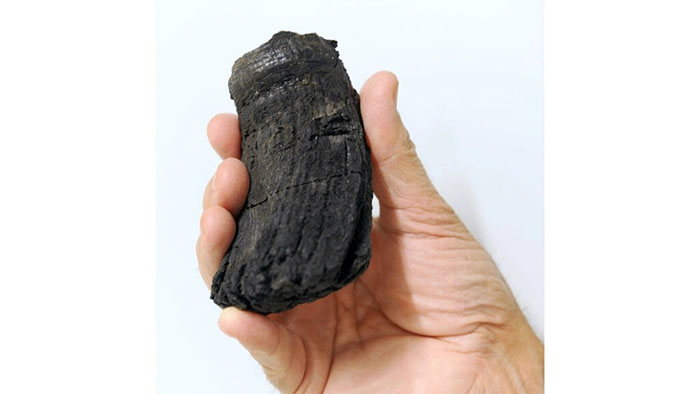Fossils of three ichthyosaur species – giant marine reptiles that lived in the primordial oceans – have been discovered in the Swiss Alps.

The tooth found, with a root diameter of 60mm. (Photo: AFP)
With a slender body and a small head, this prehistoric leviathan weighed up to 88 tons and measured 20 meters in length. It is one of the largest animals in the world. They first appeared about 250 million years ago at the beginning of the Triassic period, and a smaller dolphin-like species existed until about 90 million years ago. However, most giant ichthyosaur species became extinct around 200 million years ago. Unlike dinosaurs, ichthyosaurs left very few fossil traces, making them mysterious creatures to this day.
These fossils date back 205 million years and were excavated between 1976 and 1990 during geological surveys, but they have only recently been analyzed in detail.
According to scientists from the University of Bonn, these specimens were found at an altitude of 2,800 meters. Throughout their lives, all three species swam in the waters surrounding the supercontinent Pangea, but due to tectonic plate movements and the folding of the Alps, these fossils have been pushed to higher elevations. Previously, ichthyosaurs were thought to have lived only in deep oceans, but the fossil remains are believed to be from a shallow coastal area. Two skeletons have been found, one of which includes 10 rib fragments and one vertebra, indicating the creature was about 20 meters long, larger or smaller than the largest ichthyosaur ever found in Canada. The second creature is estimated to be 15 meters long based on 7 vertebrae that were discovered.
Scientists are particularly impressed by the tooth found, which has a root diameter of 60mm, the largest specimen in a complete skull and belonging to an ichthyosaur nearly 18 meters long.

















































